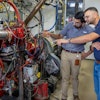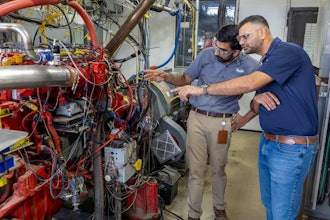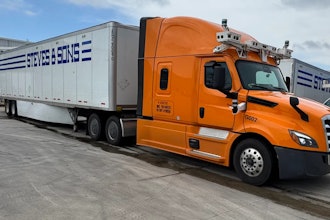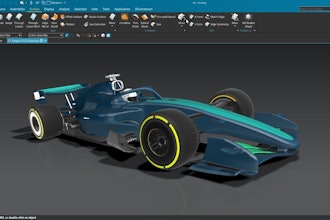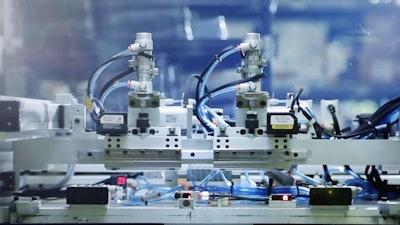
A San Francisco startup that hopes to make manufacturing as simple to deploy as software raised a reported $179 million in its initial fundraising bid.
Amar Hanspal, the CEO of Bright Machines, wrote on the company’s website this week that advanced computing and robotics — “intelligent software and flexible hardware” — could deploy otherwise complex, expensive physical manufacturing capabilities around the world “at the push of a button.”
Hanspal formerly served as co-CEO and chief product officer at software giant Autodesk with Brian Mathews, now Bright Machines’ CTO. COO Tzahi Rodrig, meanwhile, formerly led manufacturing operations at contract manufacturer Flex.
Bright Machines officials said the company’s software-defined manufacturing platform applies computer vision, cloud and edge computing and machine learning, along with adaptable factory robots, to make production lines more flexible.
“Our goal is to make factories smarter, and in the process, transform today’s most critical industry,” Hanspal wrote.
Hanspal noted that conventional manufacturing requires massive investments in time and cost, both in machines and human labor. Although increased automation could largely eliminate manual labor on the assembly floor, he suggested that development would enable manufacturers to avoid shifting their operations overseas in search of lower labor costs.
Bright Machines’ capabilities, the company added, could also curb the time between engineering and manufacturing and improve quality through advanced analytics.
Reuters reported that in addition to its software offerings, Bright Machines customers in six countries are deploying robots for electronics assembly and inspection.
Hanspal told the publication that the company wants to be able to turn design files into machine-built components in a single step.
“Simply put, we want to arm the people making the next generation of products with the next generation of manufacturing,” he wrote.


